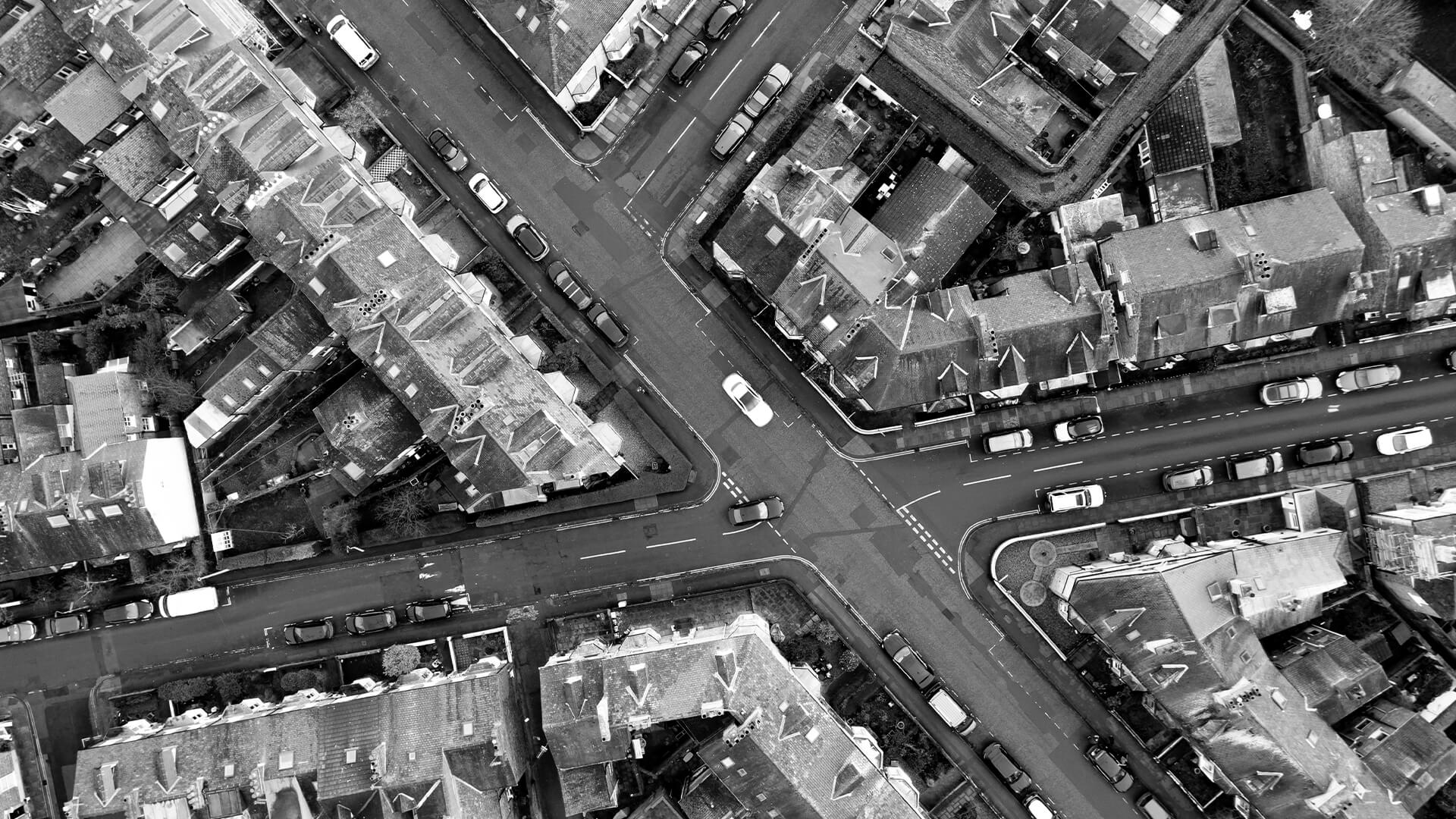Dilapidations is when the tenant breaches their obligations of the lease in relation to repairs, reinstatement and redecoration of the premises, allowing the property to fall into disrepair.
In a commercial lease, it is common for there to be a clause where the onus is on the tenant to keep the property in good repair and condition to ensure it does not fall below the standard outlined in the lease. This protects the interest of the landlord so that they can re-let the premises at maximum price straight after the end of the current tenancy, without unnecessary interruptions from dealing with the disrepair of the property, and thus preventing the landlord from achieving rental income.
The landlord can make a claim to recoup the costs of dilapidations, to restore the premises back to its original state, from the tenant if they have failed to adhere to their obligations in the lease.
Repair obligations
A commercial lease may have 5 different obligations for the tenant to repair and maintain the property:
- Repairing covenants – keeping up with repairs and ensuring the property is in good condition
- Decorating covenants – decorating the interior of the property
- Covenant to yield up – when vacating the property, the tenant must leave the property in a good condition at no extra cost to the landlord
- Alterations and reinstatement
- Comply with statute and regulation
Claiming for dilapidations
A landlord can make a formal claim for dilapidation during and after the end of the lease. Although claims for dilapidations are usually issued at the end of the lease, as it is the landlords last resort to claim for damages to the premises. Claims can be made during the lease particularly if there is a break clause, statutory lease renewal, or if the disrepair is affecting the property value.
For a landlord to make a formal claim for dilapidations, the Pre-Action Protocol for Claims for Damages in Relation to the Physical State of Commercial Property at Termination of a Tenancy, also known as the Dilapidations Protocol, must first be instigated. As part of the Dilapidations Protocol, a legal document known as the schedule of dilapidations must be prepared and served to the tenant. The schedule of dilapidations highlights all the clauses in the lease which relates to the obligations of the tenant in regards to maintaining the state and condition of the property, the repair works undertaken by the tenant during the tenancy, the proposed remedial work to be undertaken to keep the premises to the standards expected in the lease, and the opinion of a surveyor estimating the costs of carrying out the required work.
Technically, the landlord has the right to serve a dilapidation claim for up to 6 years from the end of the lease. However, the Dilapidations Protocol advise landlords to make a dilapidation claim within 56 days from the end of the lease.
Once the tenant has been served a schedule of dilapidations, the tenant has the option to agree to the repairs reported in the schedule, pay compensation for damages to the landlord, or dispute the schedule of dilapidations.
If the tenant wishes to dispute the schedule of dilapidations, the tenant will need to appoint their own surveyor to carry out their own investigations to identify the dilapidations the tenant should dispute in the schedule. During this stage, the landlord and tenant will need to negotiate to try and find an amicable compromise between both parties. If negotiations fail to solve the dispute, then the matter would need to be progressed to alternative dispute resolution or to court proceedings.
There is a statutory limit on the amount of dilapidations a landlord can claim. In Section 18(i) of the Landlord and Tenant Act 1927, the landlord can only make a claim for dilapidation that covers the drop in the value of the property as a result of the tenant’s oversight of their repair obligations in the lease. The landlord cannot make a claim that exceeds the drop in the value of the property due to dilapidation.
If the landlord decides to alter or demolish the property at the end of the lease, then the landlord will not be entitled to make a claim for dilapidations.
Remedies for landlords during a dilapidations claim
- Make a claim to force the tenant to undertake repair works
- Seek monetary damages as a result of the disrepair of the property
- Forfeiture of the lease as a result of a breach in the lease
- Enter the premises to carry out necessary repairs and recovering the cost from the tenant, if there is such provision in the lease
What can a tenant do to prevent a dilapidation claim?
From the perspective of the tenant, it is always best practice to be aware of any existing obligations in the lease, and to take the appropriate steps to ensure the property is maintained to the standard expected from the lease.
If any works were undertaken during the tenancy, the tenant should keep a record of the works done, and to take photographs were possible. This protects the tenant in case of a scenario where the landlord asks for evidence of any repair works undertaken.
We can act for landlord or tenants making or challenging a claim for dilapidations.













